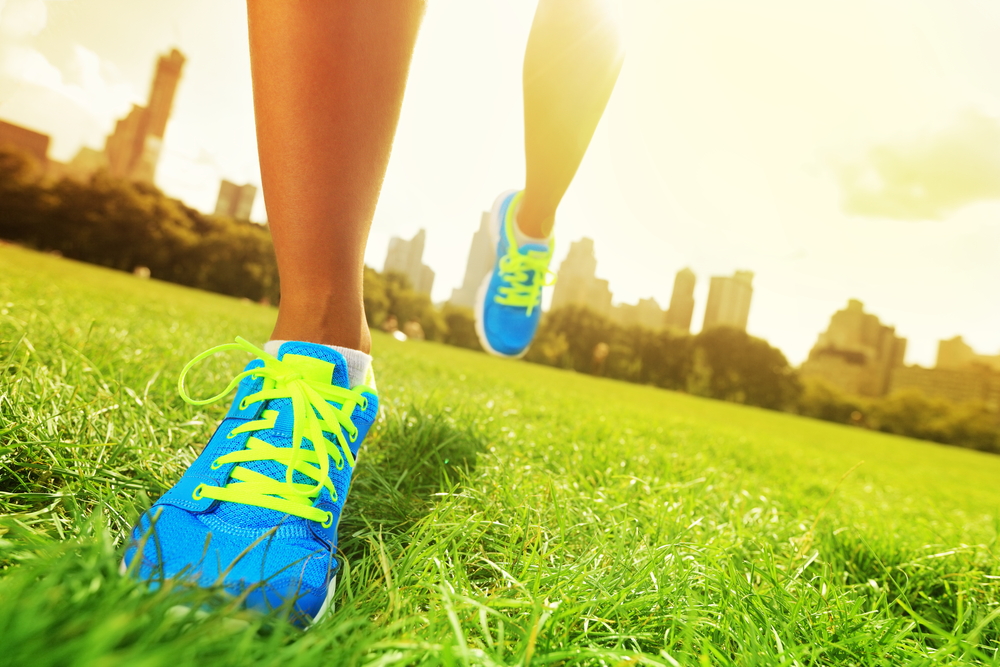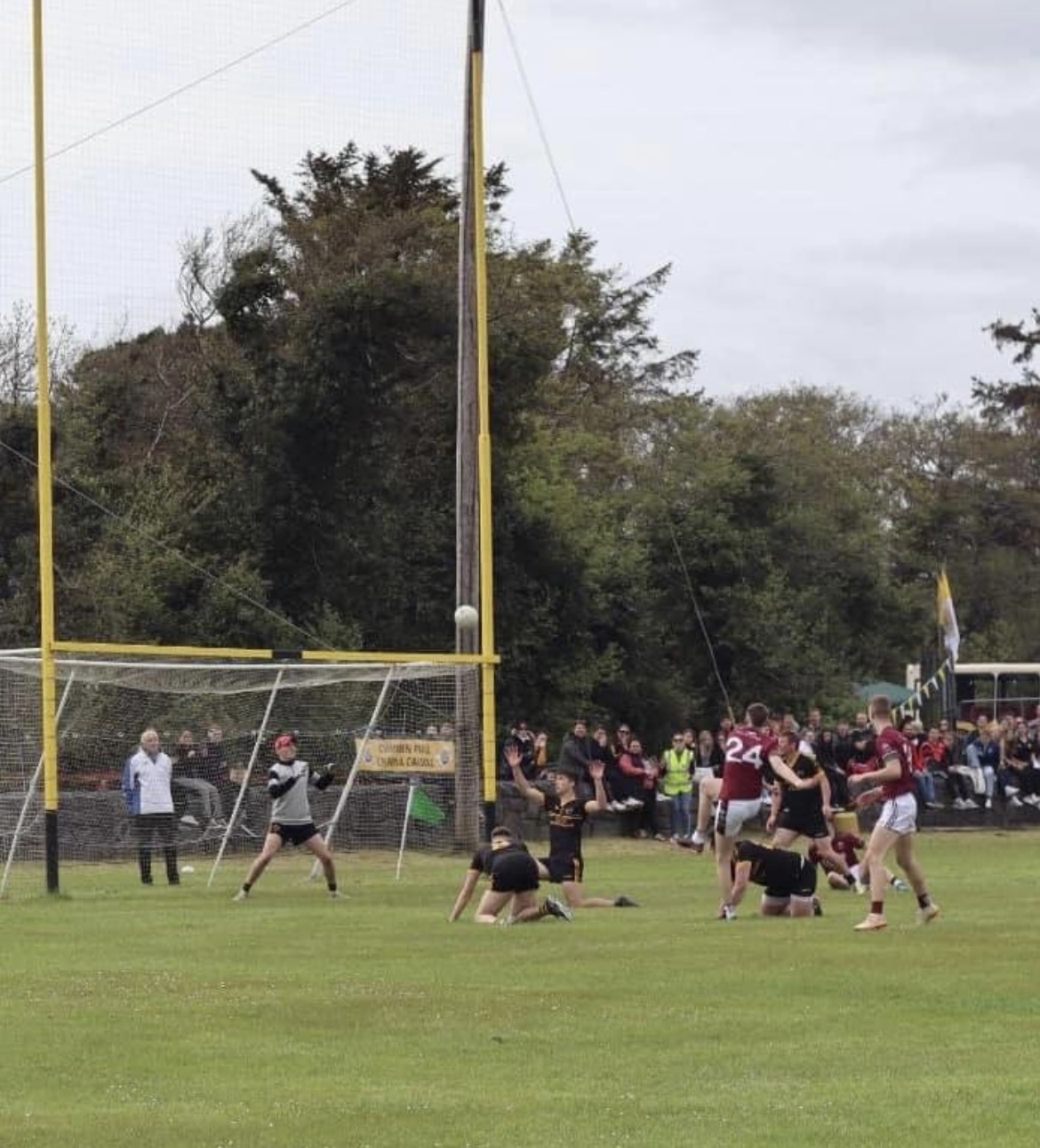Running is the second most popular form of exercise in Ireland
According to the most recent Sport Monitor figures from Sport Ireland, running is the second most popular form of exercise in Ireland with almost 9pc of the Irish population engaging in running on a regular basis.
There are plenty of road races and mass participation running events organized throughout Ireland each year. Runners constantly seek ways to improve their performance and the coaching, and sports science and technology market has become equally competitive with more choice available across different marketing platforms, some with questionable evidence to support their claims.
1 We are born to run
Humans are adapted to be efficient at running long distances according to Harvard University professor in human evolutionary biology, Daniel Lieberman. Over the course of five million years, humans evolved by developing short dense muscle fibres around the hips to produce power, long thin muscles and tendons of the lower leg to act as springs to store and release energy, as well as shedding their fur coating to dissipate heat from the body and conserve energy.
2 Fitness test
The key physiological indicators for endurance running that can be measured are VO2max, running economy and lactate threshold. Two runners with the same VO2 max can have significant differences in performance due to one having a superior running economy. In fact, well-trained athletes reach a point where they can no longer increase VO2max and must find other ways of improving their efficiency. Lactate threshold tells you the speed or effort at which lactate begins to accumulate at a rate greater than it can be cleared and by increasing lactate threshold you can improve endurance performance.
3 Training programme
A runner who has a busy work schedule and perhaps a young family should tailor their training to allow for these additional stressors and maintain a healthy balance by focusing on the most important training sessions in the week. This would include one longer run, and interval session and medium distance run, along with some resistance training. One long run in the week that is one-and-a-half to twice your race distance if you are racing over shorter distances. If you are training for a marathon, a handful of runs between 18-22 miles in the final three months should be sufficient. Interval training should be done close to your target race pace.
4 Running technique
The best runners in the world display some common features. They make running look easy as they bounce along the ground in less than 200 milliseconds each step.
Beginner runners find their own efficient style of running over the first 10 weeks, according research by Dr Isabel Moore of Cardiff Metropolitan University, who’s subsequent meta-analysis showed that ground contact and limb alignment at push-off influences running economy.
5 Injuries
Injuries occur when an area of the body cannot cope with the repetitive stress placed upon it. Poor technique, poor distribution of ground impact forces and lack of strength, coupled with large fluctuations in training volume or intensity, are common contributory factors to injury. Thirty percent of beginner runners get injured in their first three months. Research carried out at the UPMC Sports Surgery Clinic in Dublin showed that gait retraining is effective at alleviating shin splints and calf injury.
6 Strength training
There is extensive evidence to support the inclusion of weight training and plyometric training to improve running economy and performance. Research carried out by the University of Limerick showed that a combination of weight-resistance training and plyometric training, improved running economy by 3.5pc among a group of competitive runners. Plyometric training involves exercises such as hopping and bounding that improves the elastic storage properties of tendons that can conserve energy during running. Like interval training it is important to progress strength training by increasing the amount you lift or how fast you move against resistance.
7 Stretching
Stretching is popular among runners and regularly advocated. Runners need enough flexibility and mobility to move well without any limitations. Static stretching is best done separately to hard running sessions. A small amount of dynamic stretching where a stretch is repeatedly held for only a few seconds at a time, is more desirable during a warm-up so as to maintain a muscle’s optimal tension and elasticity. Having greater flexibility and mobility than required has no additional benefit. Hyper-mobile athletes can be more injury-prone.
8 Hill training
Hill training can provide a useful training stimulus for most runners as it has been associated with improved running economy and race performance. Hill training can be included once or twice per week with repeated short hill sprints, long steady efforts or undulating hills mixed in with a medium or long run. Many distance-running coaches assume that hill training provides enough resistance-training stimulus to substitute strength training, but this has not been proven to be the case.
9 Running Surface
Whether you run on the roads or on grass, your body still has to absorb similar impact forces. On softer surfaces the ground contact times are longer, meaning muscles have to work harder for longer. There is no evidence to suggest that road running increases injury risk greater than on softer surfaces. It can be beneficial to vary the surfaces you run on as a small amount of running off-road on trails or softer surfaces are more demanding and can help improve conditioning of the lower limbs.
10 Footwear
Many runners are told that they have flat feet or high arches or that they pronate or supinate and need a certain type of shoe or insert support. Pronation and supination occur naturally at different stages when the foot is in contact with the ground. Every person has a different foot signature and there are many different shoe types available, making it impossible to prescribe an ideal shoe type or foot posture. Advances in shoe design and technology over the last 30 years have not reduced the incidence of running injuries. According to Dr Benno Nigg, a leading foot biomechanics researcher at the University of Calgari, selecting a shoe that is comfortable and allows the athlete to maintain a good movement appears to have the greatest impact on reducing injury risk.
11 Nutrition
New diet trends can become popular based upon limited evidence. Once such example is a low-carb, high-fat (LCHF) diet, with the assumption that by reducing carbohydrate intake and increasing intake of fat, the body becomes ‘fat-adapted’ by using fat for fuel which is said to be more efficient. However, a recent systematic review by the Australian Institute of Sport found no additional performance benefit of a LCHF diet compared to a regular carbohydrate diet. LCHF diets may suit some athletes competing in ultra-endurance events, but for athletes competing at higher intensities, performance may be impaired.
12 Hydration
The hydration needs of a runner are specific to the individual, environmental conditions and duration of exercise. Certain individuals who sweat more, need to consume more fluids with some additional sodium added. Fluid intake should increase in warmer and more humid environments. Over-hydrating can be just as detrimental to performance as dehydration.
13 Recovery
Sleep is the most effective recovery strategy and therefore efforts should be made to improve quality and consistency of sleep. High levels of stress which cause an untimely release of a stress hormone called cortisol can make it difficult to wind down at night. Other interventions such as ice baths, anti-inflammatory and antioxidant supplements are best saved for when short-term recovery is desirable.
14 Cramping
Exercise-associated muscle cramping was previously believed to be as a result of dehydration. However, researchers at the University of Cape Town presented the strongest evidence that cramping is a neuromuscular condition where altered nerve signals cause a muscle to continually contract. It is usually relieved by a brief stretch. Pickle juice is most effective in treating or preventing muscle cramps.
15 Running for your health and wellbeing
You don’t have to be competitive to enjoy running. Running can help improve your physical and mental health. You may be busy at work or study and finding a particular task overwhelming; dropping the pen or leaving the computer and going for a run can leave you refreshed and you may find a solution!
| Colin Griffin is a former Irish international athlete who represented Ireland at the 2008 and 2012 Olympics. He is a strength and conditioning coach at the UPMC Sports Surgery Clinic in Dublin. |











